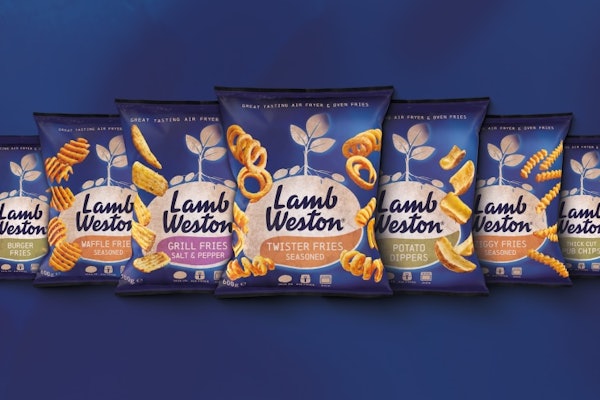
One category is based on time/temperature indication and has been available for many years. It can signal whether a product has been temperature abused but does not directly determine if the temperature abuse relates to food spoilage or presence of foodborne disease causing bacteria.
The second type of spoilage indicator is one in which direct indication of a foodborne pathogen can be signaled by binding to an antibody specific to a certain type of pathogen such as E. coli or Listeria. The dye-activated antibody tags are constructed to allow bacteria to pass through a porous membrane, toward an antibody attached to a dye complex. Once it binds to this layer, it further binds to another layer of antibodies, with the dye complex attached, and creates a pattern in the shape of an X or any desired pattern. However, if a different pathogen is present, the tag will not work, and not all spoilage microorganisms are pathogens, so food may be spoiled (reached the end of quality) but not cause illness.
The third category is a combination of the previous two but can be read through the bar code. First the tag is activated using a RFID scanner, which changes the conductivity of the tag via an enzyme-based reaction. At the point of distribution, the bar code can be scanned and the scanner can display a time/temperature profile. The information from the scanner can then be downloaded to a computer or wireless network to indicate whether the product has been temperature-abused and must be pulled from distribution, prior to delivery or from the end user’s storage location. Another method is to have portions of the bar code blocked out by time/temperature sensitive dye or dye-activated antibody tag in such a way as to render the bar code unreadable, thus preventing the consumer from buying the product. Another method is to have a tag that tells the consumer the degree of freshness and allow them to make the decision to purchase or dispose of the product at home.
























